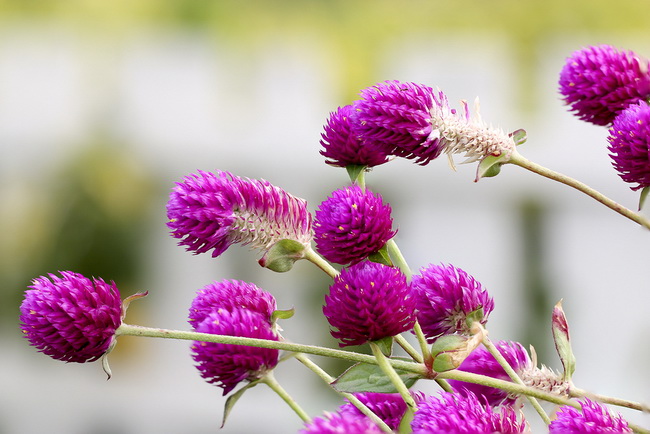- Make It Yourself Lavender Heart-Shaped Bath Bombs!
- 20 Things You Never Knew About “Down There”
- 12 Best Foods For Those Suffering From Arthritis Pain
- 12 Personal Hygiene Mistakes Almost Everyone Makes (Mom Never Told You About #4!)
- 15 Medicinal Plants And Herbs From The Cherokee People
- 12 Mind-Blowing Benefits Of Drinking Coconut Water During Pregnancy
- 12 Outstanding Winter Foods That Won’t Fatten You Up Like A Christmas Turkey
Common Wild Edible Plants that Can Save Your Life

Photo credit: bigstock.com
Have you ever watched a news broadcast and heard about someone who got lost in the woods and survived because they ate wild plants they knew were safe?
OK, this isn’t a scenario most of us would ever find ourselves in, but who knows? Accidents happen. What would happen if there was a real disaster, such as an earthquake, nuclear bomb, or some other type of civil unrest that left you unable to visit a grocery store for weeks or maybe even months?
It never hurts to know exactly how to find edible foods in the wild should the need arise. Did you know that even just knowing 4 edible plants can mean the difference between life and death?
The time to learn is now. Don’t wait until an emergency situation comes up; you should be able to walk out to areas close to your home and be able to identify plants or parts of trees that are edible. It takes a bit of practice.
One of the main things you want to consider is how to establish between an edible plant and a poisonous one. Although you don’t have to have an extensive knowledge, there are a few simple rules you can commit to memory and you should be fine.
Avoid Plants That Have:
- An almond scent to the leaves or woody parts
- Plants with a three leaf growth pattern
- Milk or any type of colored sap
- Spines, thorns, or fine “hairs”
- Bulbs, beans, or seeds that are inside a pod
- Soapy or bitter taste
- Dill, parsley, carrot, or parsnip type of foliage
- Grains that have black, purple, or pink spurs
Of course these rules don’t apply to plants or seeds that you know are safe, but if you aren’t sure, this is a good list to go by. Many poisonous plants show one or more of the above characteristics. Better to avoid an edible plant than to eat a poisonous one.
Commit that list to memory, then print out some pictures of the following edible plants so that you can become accustomed to what they look like and easily identify them should the need arise.
Plants, seeds, and edible wild grains
1. Amaranth (amaranthus retroflexus)
This plant is native to the Americas but is now found on almost every continent. Amaranth is an edible weed that the Aztecs used for food on a regular basis. You can eat all parts of this plant; however, some species have spines on the leaves.
Although they are not poisonous, the spiny leaves of this plant contain oxalic acid, so it’s a good idea to boil the leaves if you can. If you have this plant growing locally without spines, feel free to dig it up and eat all parts of it. The seeds of this plant are especially delicious.
































